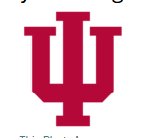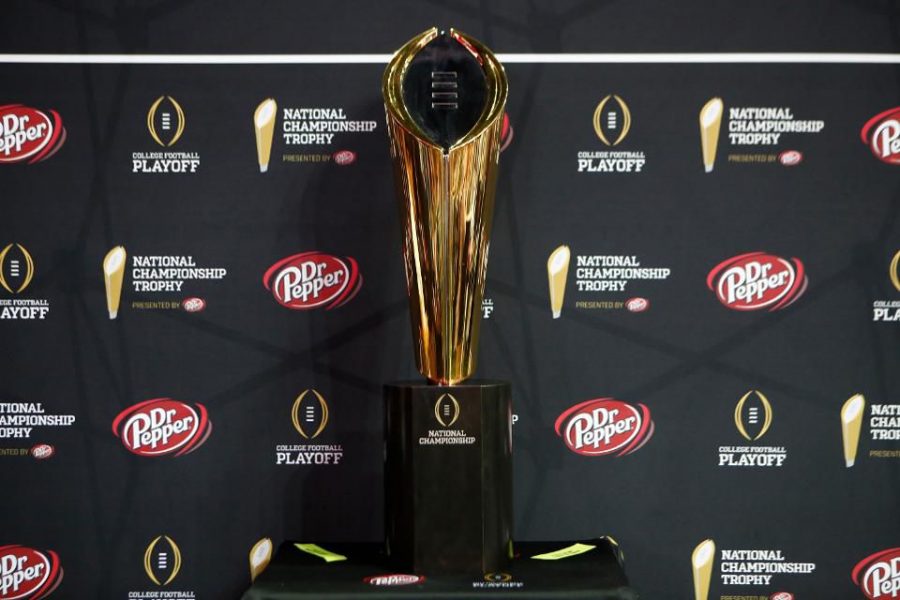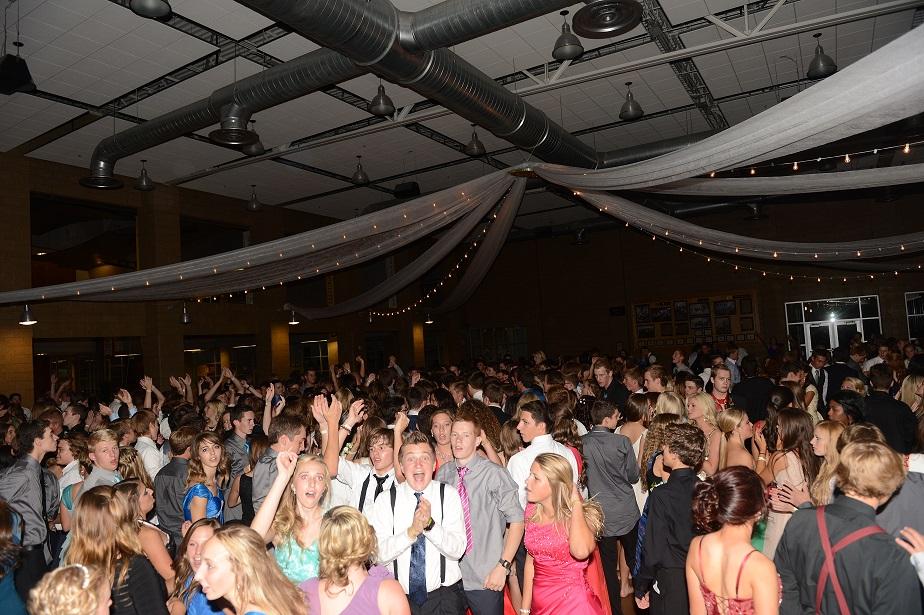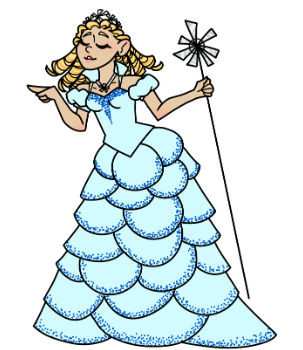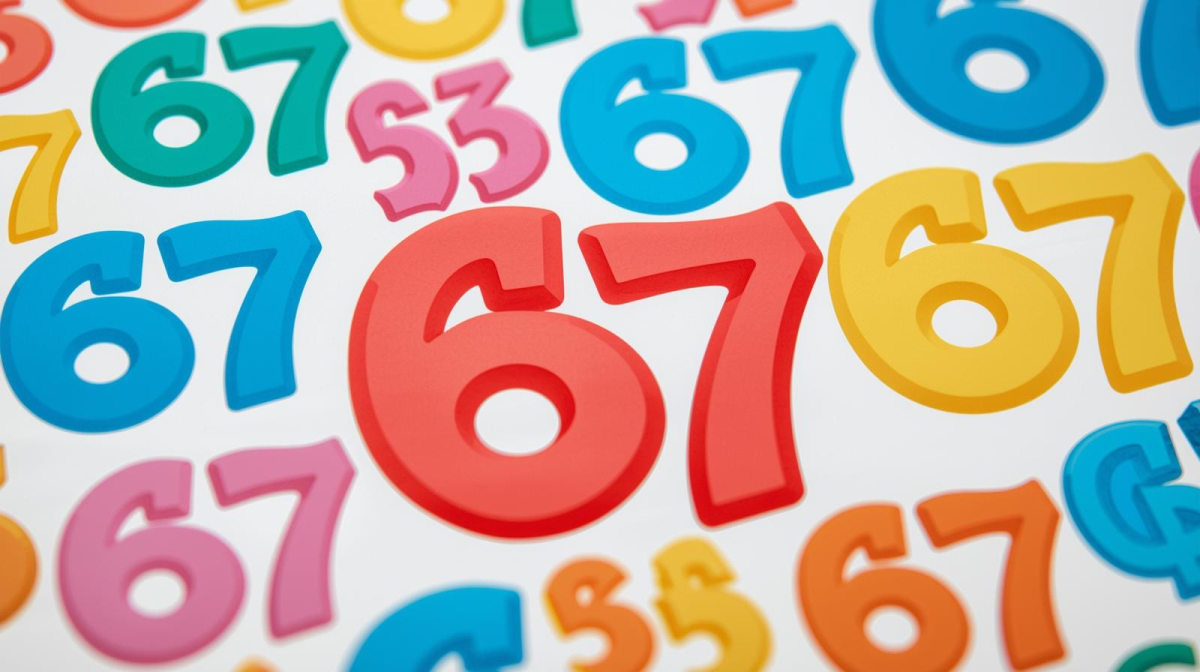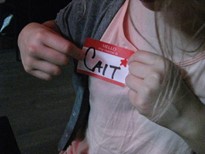A niche psychological horror that undertakes human nature and fate, making it far deeper than most other horror movies, Donnie Darko. The movie released on October 26th, 2001, but is currently available for streaming on most platforms (Rated R, watch at your own risk). It headlined Jake Gyllenhaal, Jena Malone, and James Duval. The story follows the events of a troubled teenager Donnie Darko over the course of 28 days. Suffering from severe mental illnesses, he receives a message that the world will end. The whole movie is drenched in symbolism and metaphors, but by the end it has no set meaning as it is told from an unreliable source. Donnie Darko is perfect for Halloween movie and psychology enjoyers alike as it digs deep into not only horror aspects but also how the brain processes metaphors. The movie is a beautiful, interesting, and terrifying psychological horror for the season.
The movie opens on an open road, placing us in Virginia in the October of 1988. The sunrise is slowly becoming visible in the valley below. The camera pans down to a barely awake Donnie Darko, staring out into the valley, in his pajamas next to his bike, having slept-walk once again. Slowly he gets up and onto his bike and slowly begins to make his way home. Once he makes it to his house he finds a large crowd, news reporters, and first responders. Confused, Donnie walks through the crowd until he finds his family who hug him close, relieved by the fact that he is still alive. His mom tells him that a jet engine fell onto his room, seeming to have killed Donnie. His sleepwalking was the only thing that kept him from his death, but little did Donnie know, him surviving would be the worst thing that could happen.
The night of October 2nd, Donnie was lured out from sleep and out into the night, where he encountered Frank. Frank is a man in a grimy, gray rabbit suit with a disturbingly sculpted mask. His voice is distorted but eerily ethereal. The sight of Frank did not alarm Donnie, as he suffers from Paranoid Schizophrenia [2], a symptom of schizophrenia characterized by chronic delusions and/or hallucinations of persecution, mistrust, and suspicion. However, when Frank told Donnie that the world was going to end in 28 days, 6 hours, 42 minutes, and 12 seconds, Donnie was left confused. The movie then cuts the scene and show’s Donnie waking up in his neighbor’s yard with the numbers scrawled over his arm with a sharpie he did not even know he had.
Throughout the 28 days, Donnie continues to get visions of Frank the Rabbit. Frank takes examples from the short story “The Destructors” by Graham Greene, the story that Donnie’s English class is currently discussing, to give to Donnie to get him back to the “True Timeline.” During the day however, we can see him going to school and having to put up with lectures and people that do not make sense. After school we see him going to therapy where he tackles his deepest emotions. A sentiment that is given to him by his elderly neighbor Roberta Sparrow, “Every living thing dies alone” [3] which resonates and concerns Donnie on a personal level. During this time, he begins to date Gretchen Ross, the new girl with a mysterious and dark past. Nearing the end of the time he has, he encounters Cherita Chen, a simple acquaintance who’s constantly picked on, and he tells her “I promise that one day, everything is gonna be better for you”.[4] After a Halloween party that Donnie’s sister, Elizabeth, hosted tragedy strikes. Everyone that Donnie holds close are threatened with death as a wormhole rips into the sky. He returns to the “True Timeline,” where he may or may not have died due to the jet engine.
The entire movie is confusing and seems to not follow itself, all the way up to the ending. The ending is up to interpretation, on purpose. It has countless alternative endings as well, to further the exploration of fate and the mind. These endings are purposeful in their work; they are meant to start conversations on how empathy and grief help make sense of events. The metaphors, including the ending help explore relationships, mental health struggles, and the world around us all which is often confusing. Which is why the summary of the movie above, doesn’t seem to click together like the puzzle pieces they are. The movie is confusing and thick with personal interpretation that can only come from experiencing it yourself at a proper time.
The most prominent metaphor is Frank the Rabbit. He represents human nature and its unchangeable factors. Frank at the end of the movie is a classmate of Donnie, in a rabbit costume, who ends up dying. Despite the fact Frank had been talking to Donnie the entire time, at the end he had idea of who Donnie was. This relates back to the unchangeable factors of human nature by showing people who have been there for you, can really be cruel, and there is not much you can do about it. Donnie spoke to Frank in a childlike voice as he saw Frank as a trusted person, however, Frank led him astray and back to the universe where Donnie ended up dying alone, despite that being his worst fear. Frank was not supposed to die in the “True Timeline,” proving his actions were set into stone and his cruel nature was unchangeable.
The opposite side of the same coin as Frank, is Gretchen Ross. Gretchen was Donnie’s girlfriend. She originally moved into Donnie’s neighborhood as a witness protection programee. Her and her mothers are trying to escape her insane father. When she is harassed by boys at school Donnie is quickly there to move her away from the problem. When they start dating, Gretchen slowly appears from her shell and shows her true self. This shows that she is a representative of how human nature can change. Gretchen going from the “mysterious new girl” to the curious and excitable girl that she is, shows that the human nature can change.
Fate is a fickle thing, and that’s why Roberta Sparrow represents it. Roberta Sparrow, now a spaced-out elderly woman, was once a genius. In her prime she authored a book titled The Philosophy of Time Travel. Where she explains timelines, including true and tangential timelines and what Donnie’s role as the “Living Reciever” means. The contrast between her status and her prime, is a clear example of fate. Roberta Sparrow has befallen fate and yet she still aims to teach Donnie of his own, with the example of every living thing dying alone.
The last notable metaphor is Cherita Chen as a hopeless, guardian angel. Cherita is constantly on the peripheral of Donnie’s narrative. She is obsessed with him as seen by her diary in the last scene we see her in. However, she is also shy and seems to meddle in his life, as see by her defensive nature to him. Throughout her scenes we see her painted in an ethereal and almost untouchable light. She is meant to represent a guardian angel that has done everything they can to protect their ward but has just come to a dead end and now must watch fate take its course.
To sum things up, Donnie Darko is a beautifully crafted psychological horror. A movie perfect for Halloween and psychology enjoyers alike. A convoluted movie, that is impossible to follow or describe, due to Donnie being an unreliable narrator. Complex metaphors drench the entire 1 hour and 53-minute runtime the movie covers. Donnie Darko truly is a movie for discussion and thought. The movie is Rated R, so please watch at your own risk or at a time appropriate for you. However, it’s rating does not stop this underrated masterpiece from being a treasure for the eye of the beholder.
- Footnotes
3 & 4. IMDB: Donnie Darko Quotes

